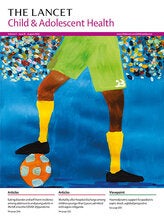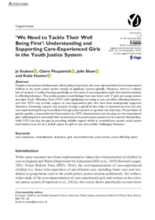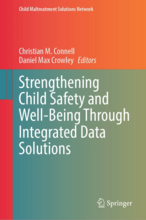Displaying 81 - 90 of 2176
Biden administration recently cleared states to create a separate pathway.
On September 28, 2023, the U.S. Administration for Children and Families (ACF) issued a final rule that explicitly gives all Title IV-E child welfare agencies the option to use kin-specific foster care licensing or approval standards and encourages them to limit those standards to federal safety requirements. This change will allow more children to be cared for by those they know and love and be financially supported like children with non-kin foster parents.
The Biden administration announced a mix of final and proposed rules on child welfare policy today that cover the placement of foster youth with relatives, legal representation for parents and children involved with the system, and the placement of LGBTQI+ youth in foster care.
The origin story of the Catholic Church in the United States includes a dependency on slave labor and sales to sustain itself and build its institutions.
During this webinar, participants will explore the role of the Catholic Church in separating children from families during slavery in the United States.
For more than 150 years, spurred by federal assimilation policies beginning in the early 19th century, hundreds of thousands of Native American children were sent to boarding schools across the country. In many cases, they were forcibly removed from their homes.
In this Health Policy, the authors map the global variation in age restrictions and durations of stay in prison with a primary caregiver. They show a broad range of approaches and provisions for the placement of children in prison.
This U.S.-based study analyzes data from a statewide kinship caregiver survey which collected demographic data, challenges, and needs.
This article presents novel findings from interviews with 17 girls and young women and eight Youth Offending Team (YOT) staff, highlighting how being in care in the U.S. can affect offending behaviour and how YOTs may provide support to care-experienced girls who have been inadequately supported elsewhere.
This chapter summarizes results of a study of high service use, or “superutilization,” among children in foster care in the U.S. The study linked administrative data from child welfare, Medicaid, and other services for two sites.



